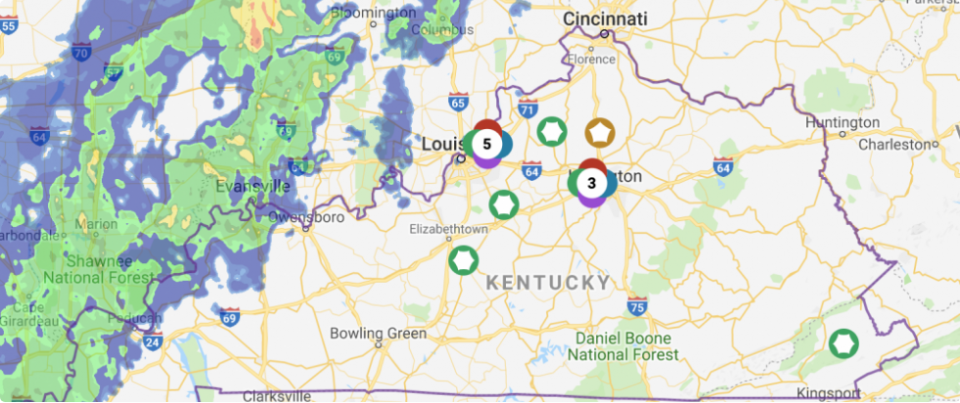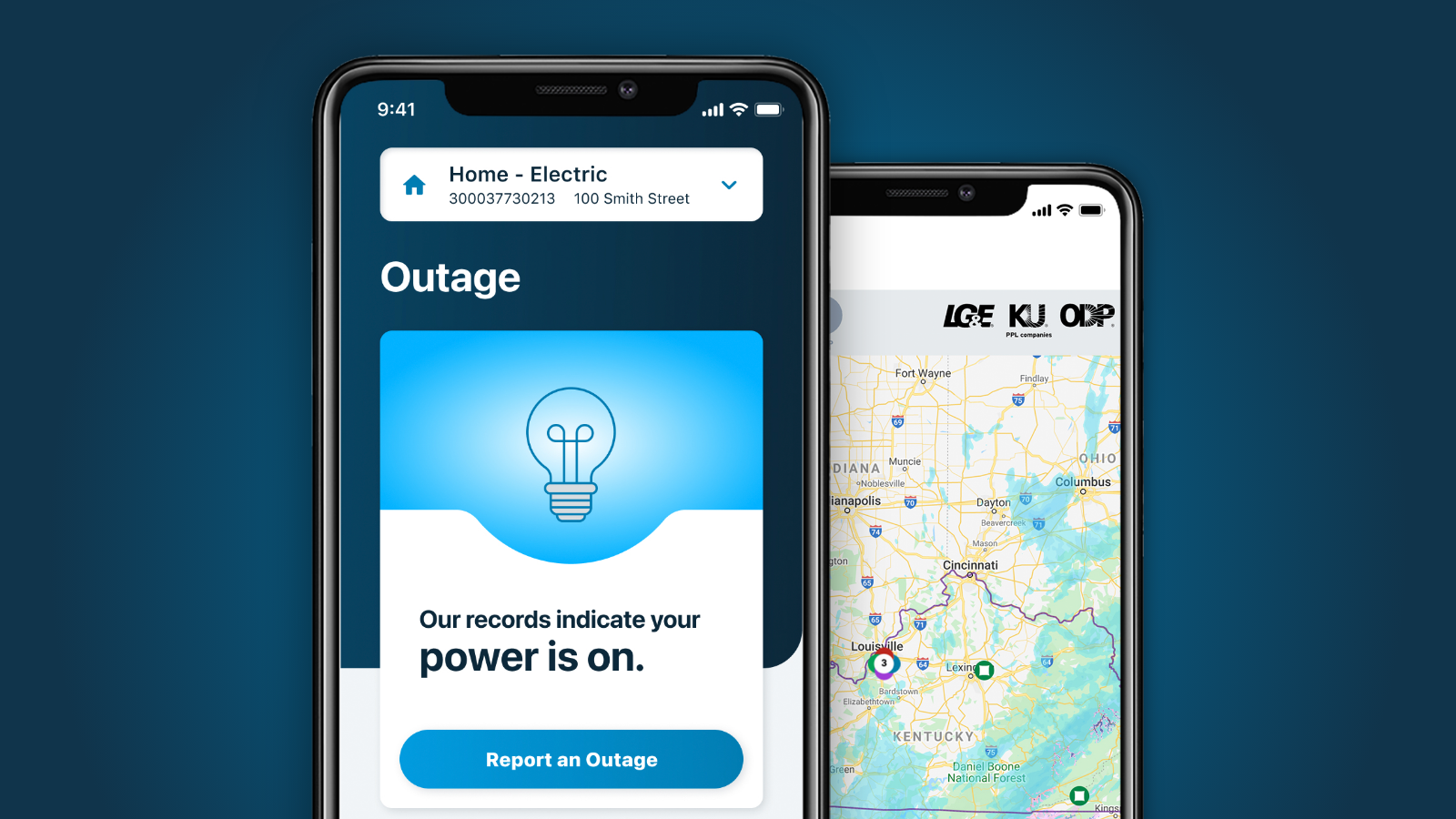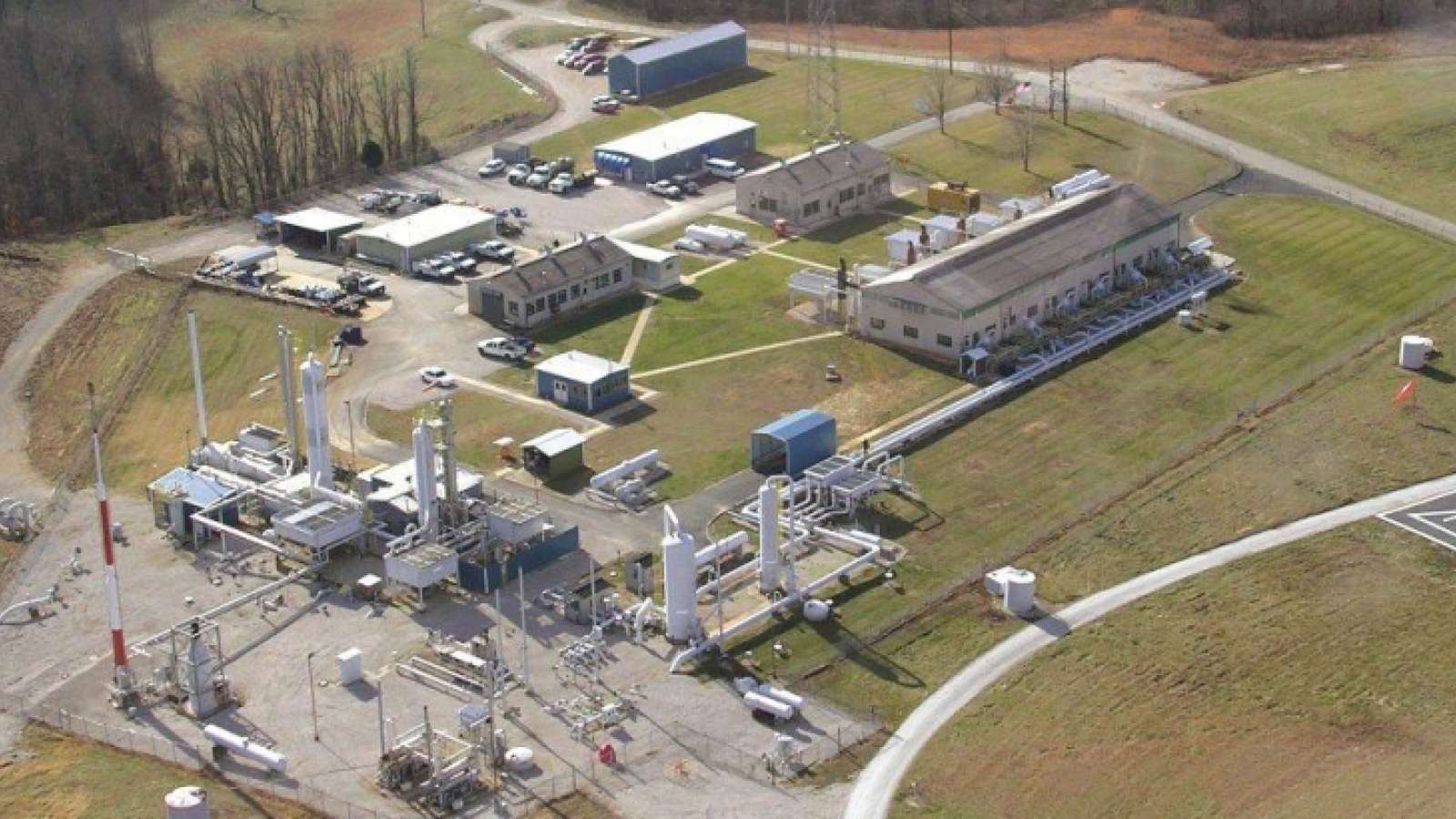LG&E's natural gas system serves more than 335,000 customers in 16 counties in Kentucky with more than 4,460 miles of distribution and nearly 360 miles of transmission lines. The company has two natural gas compressor stations and four natural gas storage fields. A gas storage field is a deep underground formation and is commonly a depleted oil and/or natural gas production field from years ago, deep aquifers, or salt cavern formations. LG&E uses underground formations to store natural gas until it is needed by customers. The stored gas is withdrawn and used to serve customers during the winter season, which reduces the amount of gas that must be purchased during the colder months when gas is typically at a premium. On a peak day, up to 42% of customers’ gas supply is met from the gas storage system. When natural gas is withdrawn from the storage field, compressor stations filter, meter, purify, dehydrate, compress, and odorize the natural gas before distribution. LG&E also has over 200 natural gas wells, most of which facilitate the injection and removal of gas, while others are for field observation.
The Magnolia Compressor Station began operation in 1959 and covers about 32 acres near the community of Magnolia, Kentucky in Larue County. The facility currently includes seven compressors, gas processing plants, high-pressure gas transmission lines and three underground storage fields: Magnolia Upper, Magnolia Deep and Center. Magnolia handles about 77% of the total gas stored in LG&E’s gas storage system, and more than 6 billion standard cubic feet of natural gas moves through the Magnolia Compressor Station every year.


